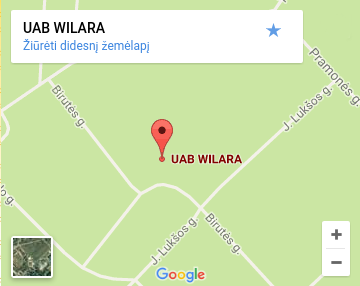- Combs have to be melted in a stainless steel or enameled (just not damaged) vessel or receptacle. By neglecting this, the dissolved iron or zinc would severely affect wax color to become of grizzly, pale or grayish in color.
- It is advised to use soft water (preferably rain water, or even snow) for wax melting. If hard water used, wax becomes pale and takes on a matte shade. In addition, if cooling the wax in a soft water, separation of impurities is much better.
- It is essential to allow for cooling down the melted wax slowly. And better to use a higher container for this purpose, rather than a wide one. If a high container used, dirt settles down nice and clean and will be easier to remove it from the stuck piece of wax later on.
- Before its final cooling, liquid wax is advised to pass filtering through a fine sieve … read more.
Avoiding liquid wax sieving, some undesirable items could be left frozen in it: some tools, glasses or some other domestic ware.
- When cooling down some larger wax pieces, certain void spaces tend to be formed inside the lump, and even some water may be drawn into. Therefore, it is highly recommended to do your wax cooling in some smaller containers. Another possibility – to split the lump after it was get completely stiffed.
- A wax made ready for reuse has to have an identical appearance at the bottom and on the top – without impurities, debris and silt layer.
- If you try to add some of old burned wax candles, please, be very attentive and careful. Because some of the church candles, being sold in stores, may contain a paraffin wax instead of pure beeswax. Note, if the paraffin wax was being mixed to, hereafter to distinguish, separate and to eliminate it from the whole batch is practically impossible. Such a contaminated wax is already considered as being damaged. And we never tend to buy-in such altogether.
How to melt your combs properly? What are the most common errors?






















No comments yet.